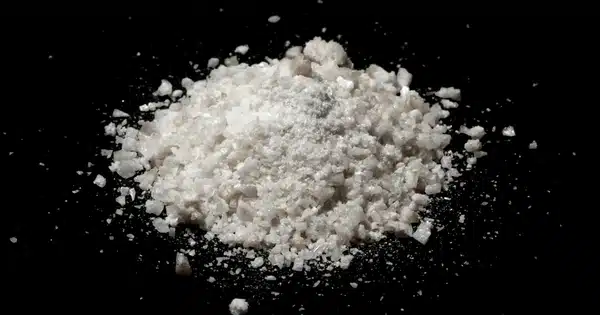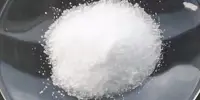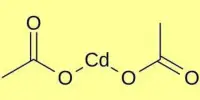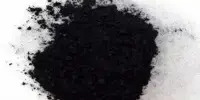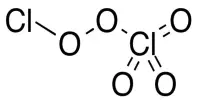Ammonium iodate is an inorganic salt that is sparingly soluble in cold, and moderately soluble in hot water, like all iodate salts, it is a strong oxidizer. It is an odorless, white crystalline solid that is highly soluble in water. Like other iodates, it is a source of iodine and can be used in iodometric titrations. It is also used in analytical chemistry and as a reagent in laboratory settings.
Properies
- Physical Appearance: It typically appears as a white crystalline solid.
- Solubility: It is soluble in water, although the exact solubility depends on factors like temperature.
- Molecular Weight: The molecular weight is approximately 184.95 g/mol.
- Density: The density of solid ammonium iodate is around 3.55 g/cm^3.
- Melting Point: It has a melting point of around 560°C (1040°F).
- Decomposition: Upon heating, it decomposes to produce nitrogen, water, and iodine dioxide.
- Chemical Reactivity: It is a source of iodine and can react with reducing agents, acids, and metals.
Preparation
Ammonium iodate can be obtained by neutralizing a solution of iodic acid with ammonia.
HIO3 + NH3 → NH4IO3
Using its low solubility in water, it can also be precipitated from an iodate solution with an ammonium salt.
2 KIO3 + (NH4)2SO4 → 2 NH4IO3 + K2SO4
Unlike other iodates, ammonium iodate can’t be prepared by dissolving iodine in an ammonium hydroxide solution, instead, the highly explosive nitrogen triiodide is formed.
3 I2 + 5 NH3 → 3 NH4I + NH3·NI3
Chemical properties
Because ammonium iodate consists of the reducing ammonium ion and the oxidizing iodate ion, it already starts to decompose at 150 °C into nitrogen, oxygen, iodine, and water.
NH4IO3 → ½N2 + ½O2 + ½I2 + 2H2O
Below 60 °C this reaction cannot sustain itself, but with catalysts like potassium dichromate or copper(II) chloride it can also combust at room temperature.
Applications
Ammonium iodate finds applications in various fields including analytical chemistry, where it can be used as a standard substance for iodine titrations, and in the synthesis of other iodine compounds.
Safety
As with handling any chemicals, precautions should be taken. Ammonium iodate should be handled with care to avoid ingestion, inhalation, or contact with skin and eyes. Safety data sheets should be consulted for specific safety information. Like all iodates, ammonium iodate is a strong oxidizer and should therefore be kept away from flammable materials like sulfur, phosphorus and metals powders.
